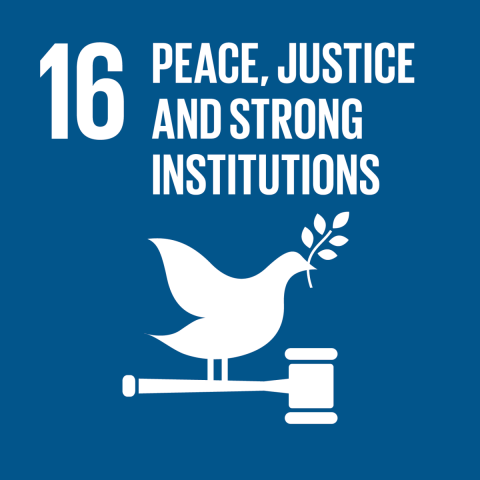Sustainable Kópavogur
The Kópavogur Town Council has agreed to implement the United Nations’ Sustainable Development Goals into the town council’s strategy. Kópavogur will be the first municipality in Iceland to formally implement the United Nations’ Sustainable Development Goals.
Kópavogur town’s strategy consists of a mission statement, a future vision, values and primary goals that are derived from the United Nations’ Sustainable Development Goals.


















